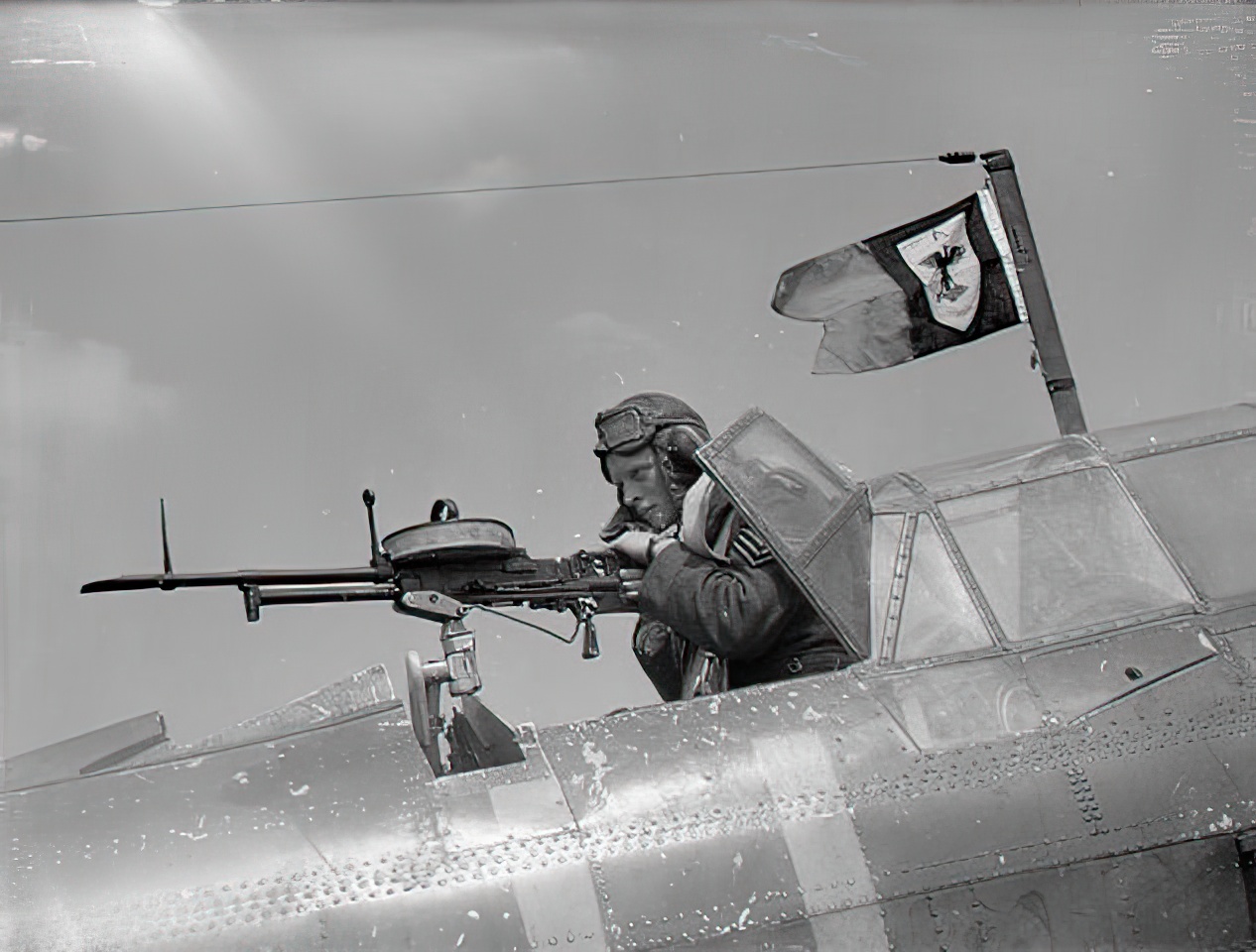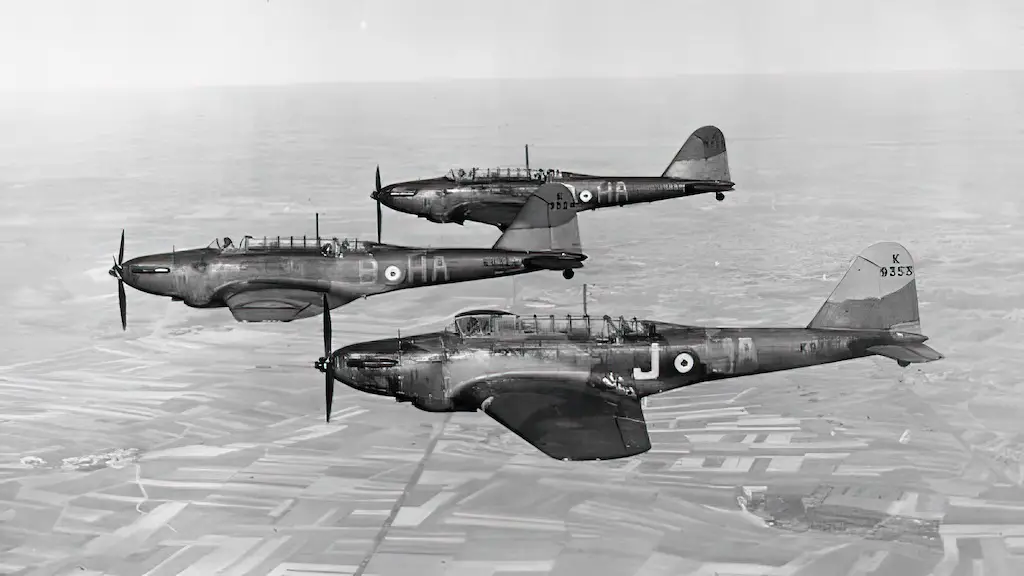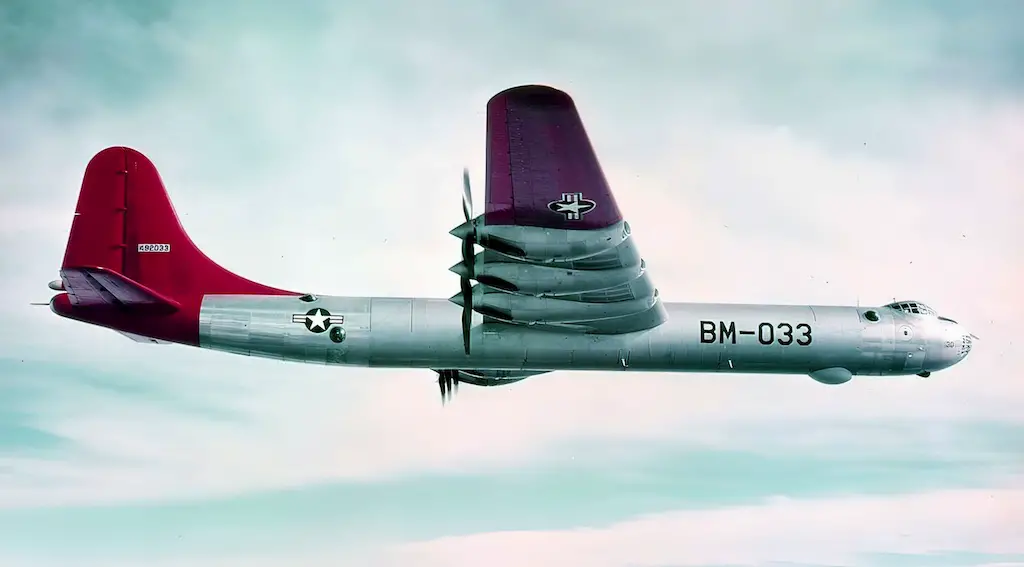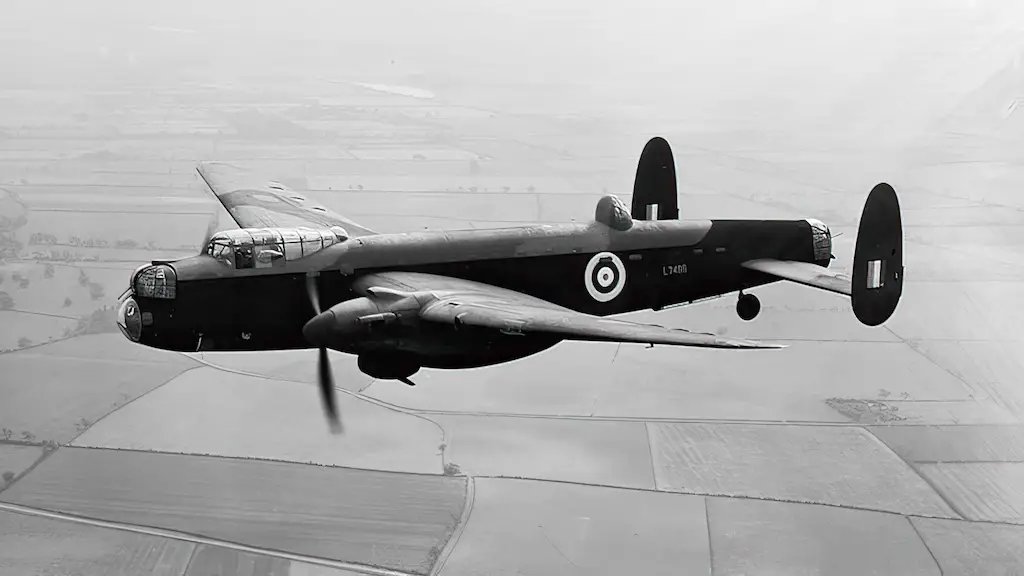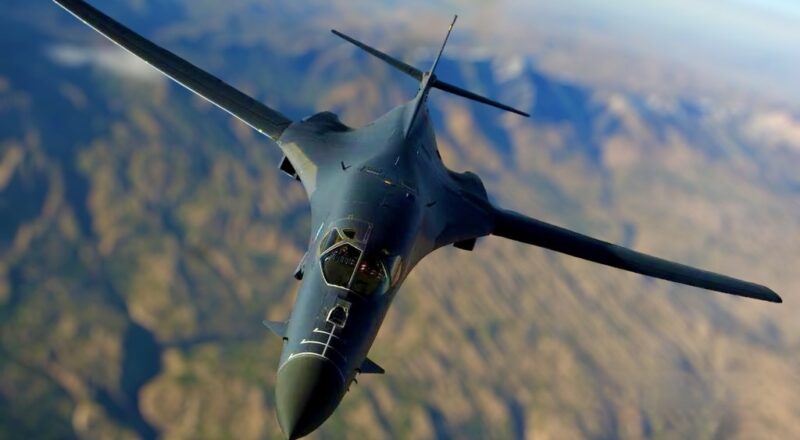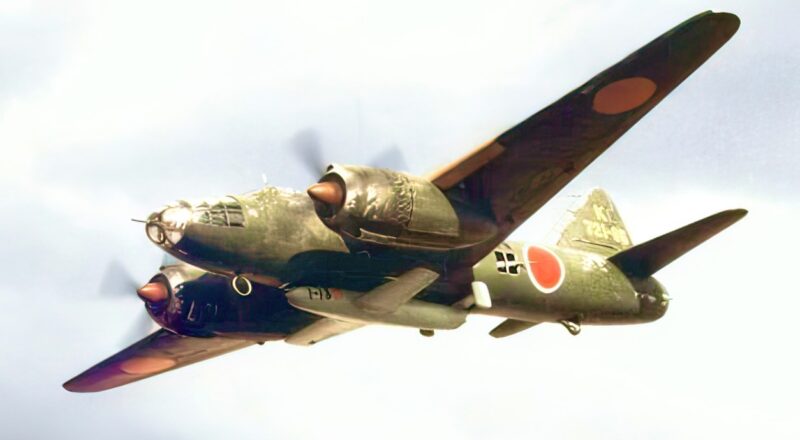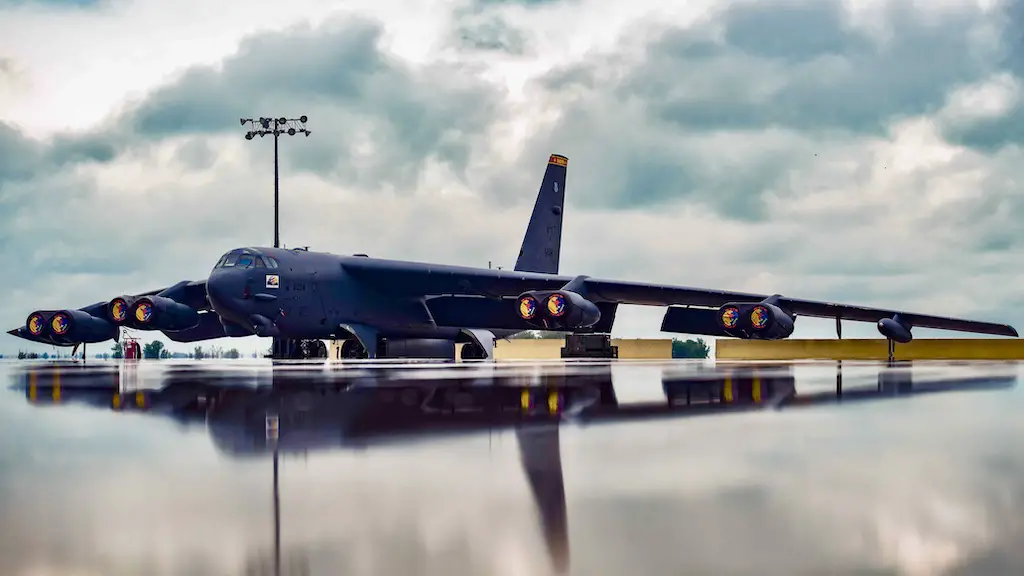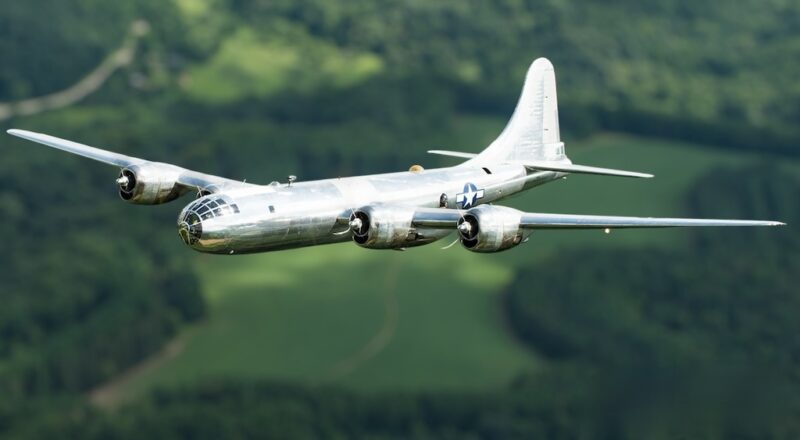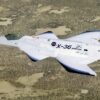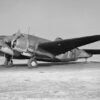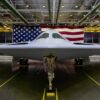A Vision for the Future
During the 1930s, the British Air Ministry identified a gap for a modern light bomber. Rising to this challenge, Fairey Aviation embarked on a design journey that culminated in the creation of the Fairey Battle. It was the first RAF aircraft to exceed 200 mph, boasting a sleek, modern look and advanced features.
The journey from blueprint to battle-ready was fraught with challenges for the Fairey Battle. As the aircraft’s design unfolded, it soon became clear that its performance was falling short of the high expectations. Burdened by its heavy equipment and armament, the Battle found itself in a tough position, wrestling to meet the demanding standards imposed by the Air Ministry.
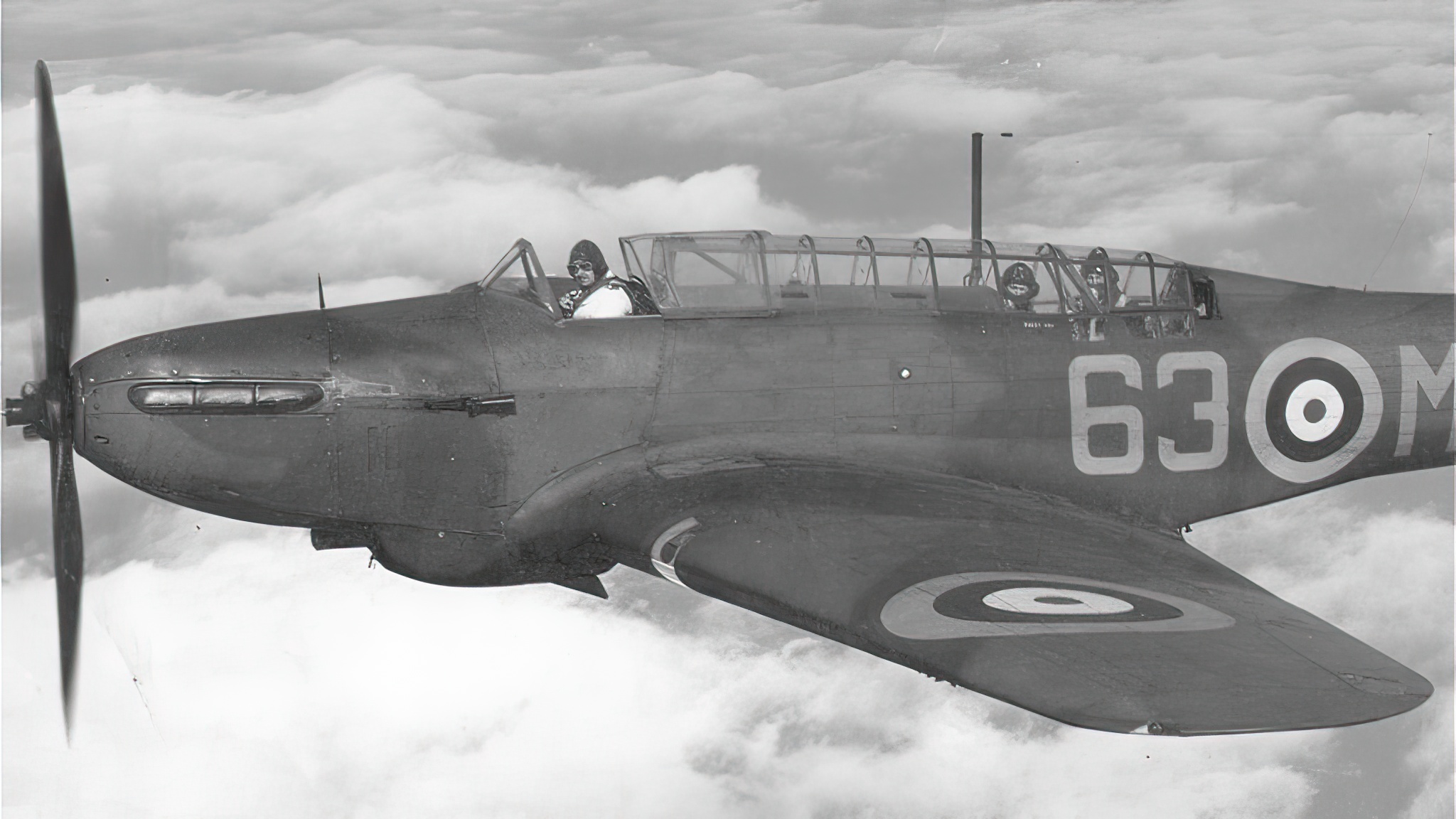
Its Engine
At the core of the Fairey Battle was the mighty Rolls-Royce Merlin I engine. Delivering 1,030 horsepower, this liquid-cooled V-12 was a marvel of engineering. Not only did it provide the Battle with impressive speed, but it also demonstrated remarkable reliability. The Merlin engine would later be instrumental in other iconic aircraft like the Spitfire and Hurricane.
Despite its strengths, the Merlin engine in the Fairey Battle wasn’t without problems. Cooling issues plagued early models, requiring careful attention and refinement. Engineers at Rolls-Royce worked tirelessly to overcome these challenges, paving the way for future enhancements.
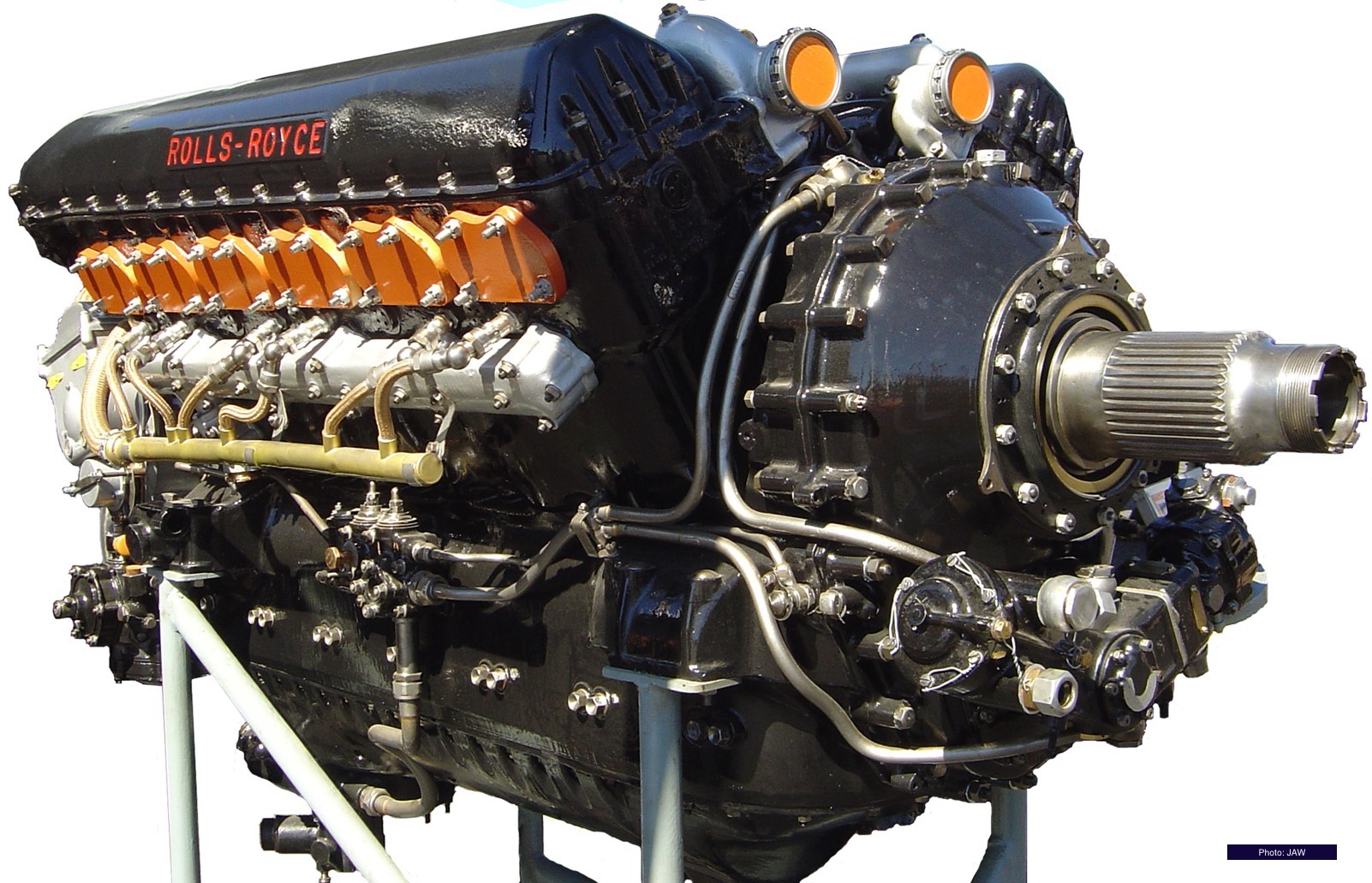
Taking to the Skies
The Fairey Battle’s flight characteristics were those of a fighter, rather than a bomber. Its agility and responsiveness at the controls made it a joy to fly for many pilots. The aircraft’s handling allowed for quick evasive maneuvers, making it a capable machine in aerial combat.
But the Battle’s strength was also its weakness. Its nimble handling often gave pilots a false sense of security. The aircraft’s relatively light armor and limited firepower made it vulnerable in intense combat situations, a flaw that would become evident during its operational life.
In the Thick of Battle
In the chaotic initial stages of World War II, the Fairey Battle found itself at the forefront of the action, taking on a key role in the fiercely contested Battle of France. Tasked with undertaking perilous missions against well-fortified German targets, the Battle’s crews were often outmatched by enemy fighters. However, they fought with remarkable valor and determination, overcoming the aircraft’s limitations and earning widespread respect for their courage.
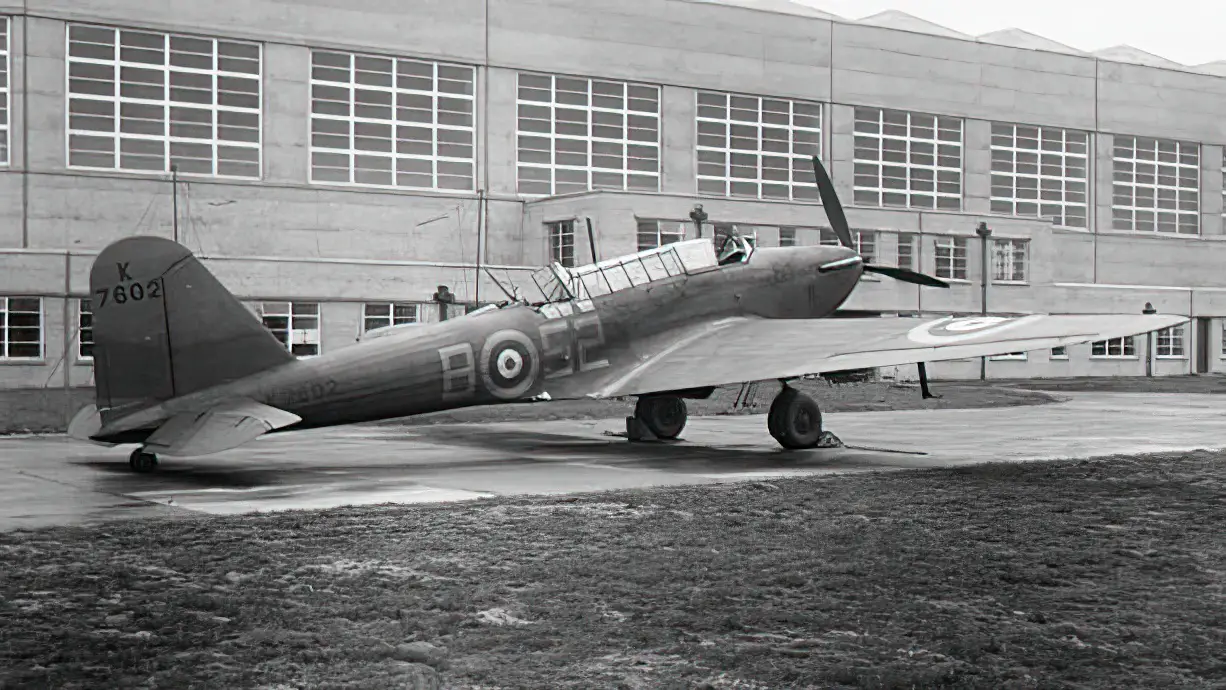
Courage Under Fire
In the face of more sophisticated aircraft and formidable enemy fighters, the Fairey Battle and its dedicated crews stood their ground with remarkable bravery, especially during the Battle of France. This period was fraught with tension, as the relentless German onslaught tested the Allies’ resolve and their determination to resist.
The Fairey Battle was deployed in critical missions, attacking bridges, troop concentrations, and armored divisions. Pilots and crew members faced challenging combat scenarios, often going up against superior German aircraft and anti-aircraft defenses. Their task was perilous, with high casualty rates and little room for error.
Despite its shortcomings and the odds stacked against it, the Fairey Battle became a symbol of resilience and bravery. Its crews undertook missions that were vital to slowing down the German advance, earning respect and admiration from their peers. The plane’s contribution was not in its technological superiority but in the determination and heroism of those who flew it.
